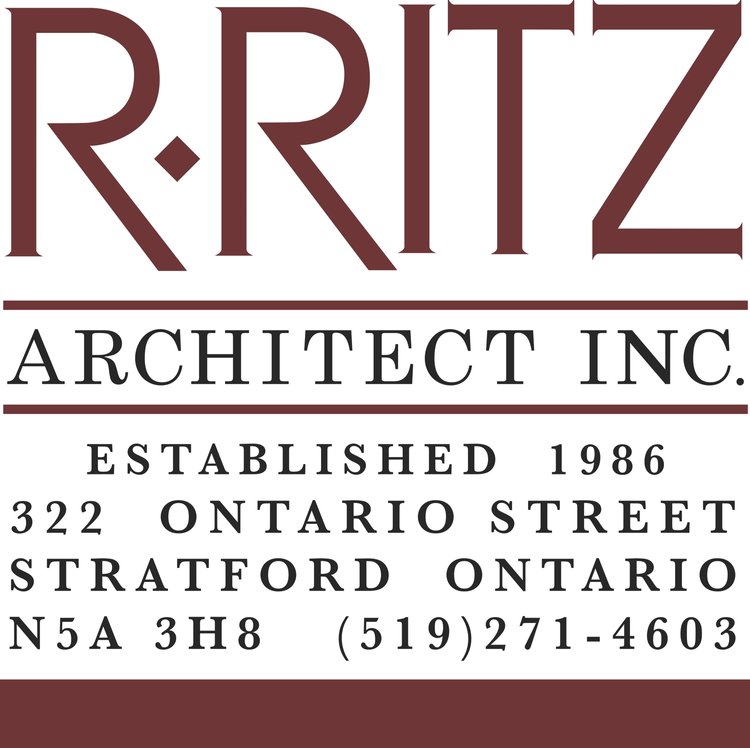The Rail Shops have been an eyesore for many years. The cost to demolish any portion of the rail shops is not part of this year’s City budget. If funds permit, Council has the genuine intent to give taxpayers what they want.
As a compromise between repairing damaged structure or full demolition, last Monday Council endorsed a motion to demolish the portion of the structure with fire-damaged roof and retain a sizable portion at the building’s east end and the west wall with the 1907 date stone – a key heritage feature. Further demolition of the building, at taxpayer’s cost, may also occur if a development for the site is not received by Council by September 30 of this year.
If the damaged portion of the building is limited to the roof deck and membrane, why spend taxpayers’ dollars to demolish the steel roof structure and walls which appear to be structurally sound? Council also has a concern involving the demolition of the annex, if the walls are torn down, then future developers may not be able to build that close to the tracks. If this is the case, then all the walls on the south side of the structure should stay up for the same reason.
Since the Council meeting on Monday, I have had the opportunity to talk with some of the residents living south of St. David Street and they all had the same opinion, "It does not need to be torn down, just cleaned up". By opening the building up to the public, the site lines and new access to the university campus and Downtown will transform this neighbourhood and the site.
Council could resolve this issue at low cost to save taxpayer’s dollars by requesting a proposal for “Engineered Demolition”. This is where demolition contractors bid to retain an engineer to review the damage and tender a price to demolish the least amount of structure. The “Engineered Demolition” could entail three parts. One, ensuring the building meets the criteria to satisfy the unsafe order, confirmed by the engineer. Two, remove the steel cladding, clean the remaining concrete and steel structure and repair the damaged concrete as directed by the engineer to avoid future water damage. Last, if funding can be arranged, remove the hoarding and concrete block that infill the windows and provide access through the first floor windows so taxpayer’s can finally see and walk through the structure they have so much invested in.
If the cladding is removed the long bays of the structure are open to Downie Street where a sculpture of scrap steel could be hung to replicate the image of Locomotive 6218 for passersby to see. By floodlighting the pilasters and this work of art the structure becomes an attraction we can all be proud of versus the eyesore we all despise.
Let Council know your choice, make it safe, clean it up or make it accessible until developed by others.
Robert Ritz, Architect
